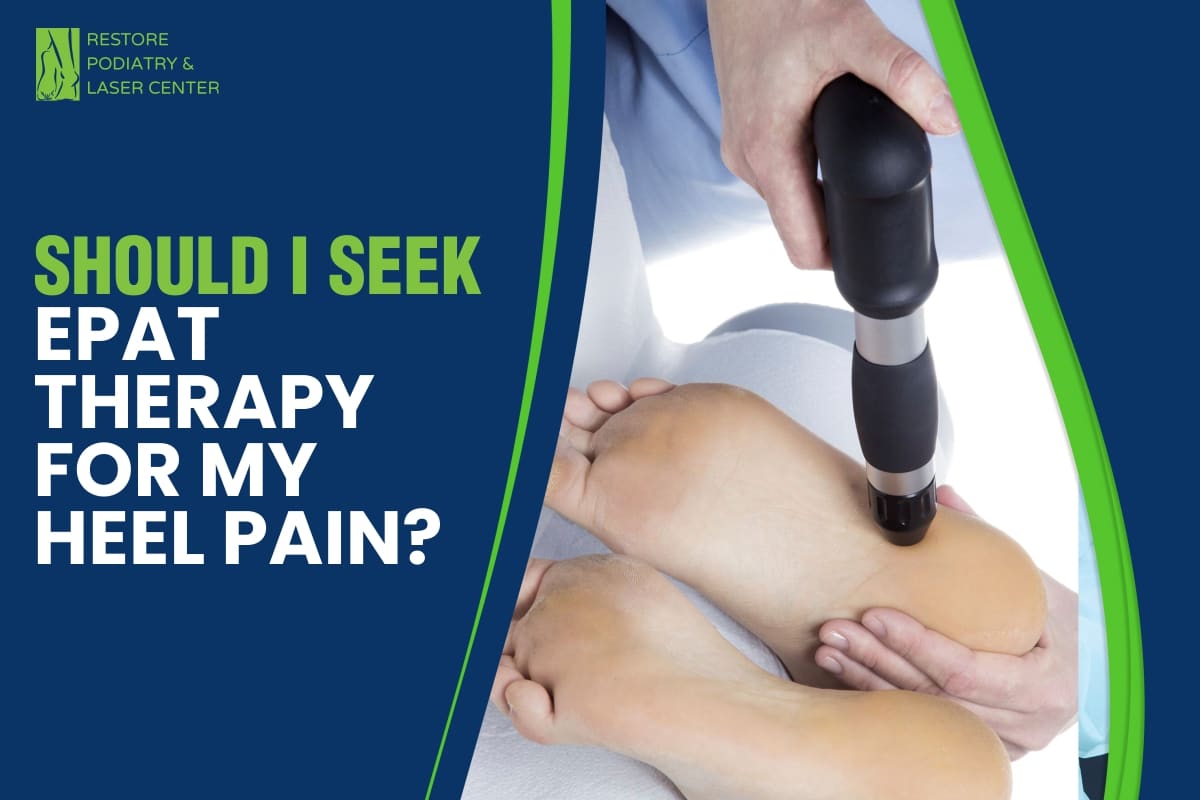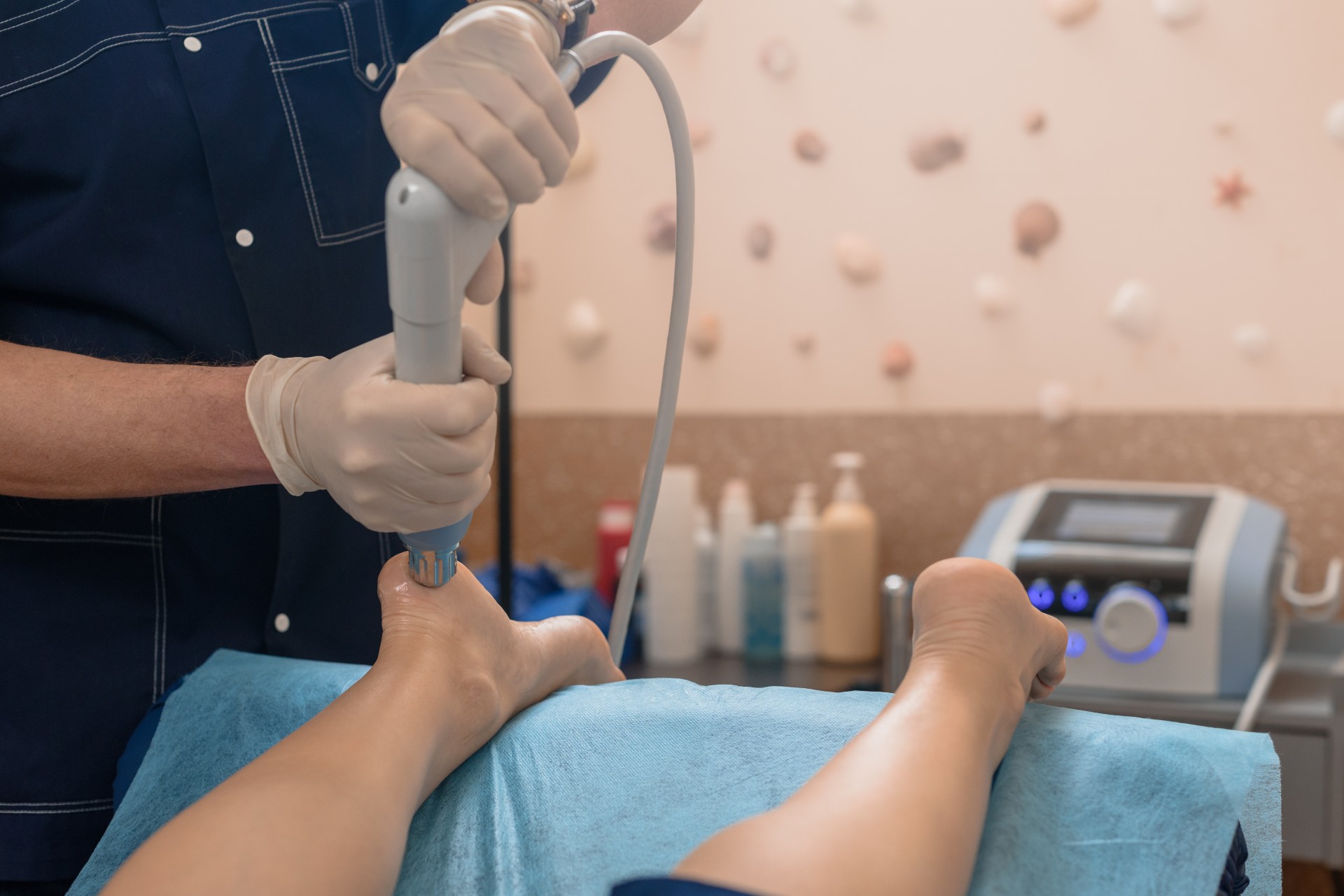

EXCELLENTTrustindex verifies that the original source of the review is Google. If you are suffering from stubborn plantar wart, I highly recommended Dr. Bhela. He made a stubborn plantar wart that I had for 1 year finally gone after 3 months with SWIFT treatment. I highly recommended SWIFT for plantar wart. The staff was amazing and helpful with scheduling. Overall, I had wonderful experience at Restore Podiatry.Posted onTrustindex verifies that the original source of the review is Google. My experience with Dr Behla was great. Very knowledgeable, took care of my issue in one visit. I went to multiple doctors without any progression. Highly recommend him!Posted onTrustindex verifies that the original source of the review is Google. Dr.Bhela is very professional and detailed at getting results. I Had a great experience at Restore Podiatry and Laser center. Stop spending your money with over the counter ointments that just don’t work. For stubborn nail fungus you need to see a professional to rid yourself of it. Hot laser or cold laser is painless and you will definitely see the results you want spend the money the right way the first time around.Posted onTrustindex verifies that the original source of the review is Google. Dr. David Bhela in Hicksville NY , helped reduce my calluses in less than a month! Super professional, kind, and knowledgeable. Highly recommend!Posted onTrustindex verifies that the original source of the review is Google. Dr. Bhela is a great doctor who is very knowledgeable and helpful. He cares for his patients and you will find that out for yourself if you visit him! He has helped me a lot with my feet and I couldn’t be more thankful. He definitely gets my personal recommendationPosted onTrustindex verifies that the original source of the review is Google. Dr.Davinder Bhela clearly explained treatment options and time frame to expect for visits to treat plantar fascia pain and discomfort. He provided top notch care, very good exercise recommendations for improving muscle tone, plus Dr. Bhela is very kind and friendly. I'm very glad to have worked with him for my care and continued health journey.Posted onTrustindex verifies that the original source of the review is Google. Very good service. Friendly staff and very professional. Highly recommend
Do you suffer from heel pain? You’re far from alone. Nearly 81% of American adults report experiencing foot pain at some point, and plantar fasciitis—marked by sharp heel discomfort—is the most common culprit, affecting over 2 million people each year. Fortunately, there’s a highly advanced, non-surgical solution: Extracorporeal Pulse Activation Technology (EPAT), a form of shockwave therapy cleared by the FDA, which effectively targets inflammation and promotes healing. Read on to discover how EPAT offers a non-invasive treatment option for plantar fasciitis and may help you step pain-free again.
Plantar fasciitis is one of the most common causes of heel pain, caused by inflammation of the plantar fascia—a thick band of tissue that runs along the bottom of your foot, connecting your heel bone to your toes. When this tissue becomes irritated or inflamed, it leads to sharp, stabbing heel pain, especially with your first steps in the morning or after periods of activity. While the discomfort often improves with rest, untreated plantar fasciitis can become a chronic condition that interferes with daily life.
Although plantar fasciitis can affect anyone, it is especially common in runners, athletes, and people who spend long hours standing on hard surfaces. Some patients may show a heel spur on X-rays, but research shows that the spur itself is not usually the source of pain.
Common symptoms of plantar fasciitis include:
Pain directly under the heel
Heel pain that worsens with activity
Sharp heel pain in the morning or after rest
Discomfort when standing for long periods
The good news is that about 90% of plantar fasciitis cases can be successfully treated without surgery. First-line, conservative treatments often include:
Stretching exercises
Anti-inflammatory medications
Ice therapy
Arch supports or orthotics
In some cases, taping, casting, or physical therapy may be recommended for added support.
For patients who do not respond to these conservative measures, there is an advanced, noninvasive option: Extracorporeal Pulse Activation Technology (EPAT). This breakthrough treatment uses shockwave therapy to stimulate healing, reduce inflammation, and relieve heel pain—without surgery or downtime.

Extracorporeal Pulse Activation Technology (EPAT) is an advanced, non-surgical treatment that has gained worldwide recognition for relieving chronic heel pain caused by plantar fasciitis. Originally developed in Europe, this FDA-cleared therapy uses shockwave technology, which delivers controlled acoustic pressure waves (sound waves) to the affected area of the foot.
The treatment works by creating tiny micro-injuries in the tissue, which may sound counterintuitive but is actually highly effective. These microtraumas trigger the body’s natural healing response—stimulating increased blood flow, breaking down scar tissue, and promoting tissue regeneration. Over time, this process reduces inflammation, repairs damaged fascia, and helps restore normal function.
While EPAT can be used for a variety of musculoskeletal conditions, it has been shown to be especially effective in treating plantar fasciitis, offering patients a safe, non-invasive alternative to surgery with little to no downtime.
EPAT is not limited to just plantar fasciitis—it can be used to treat a wide range of foot and ankle conditions that cause chronic pain. Some of the most common conditions successfully treated with EPAT include:
Plantar fasciitis (heel pain caused by inflammation of the fascia)
Achilles tendonitis and Achilles tendon pain
Heel pain from overuse or injury
General foot pain related to soft tissue inflammation
Bursitis
Capsulitis
Neuromas (nerve pain in the ball of the foot)
Tendon injuries and chronic tendon pain
Because EPAT targets inflammation, scar tissue, and poor circulation, it is an effective option for patients who have not found relief with traditional conservative treatments.
As we mentioned above, EPAT is FDA-approved and is a safe treatment. The treatment has essentially no risks or side effects, including no risk of infection or scarring. EPAT has undergone extensive testing around the world.
It should however be avoided by pregnant women as it has never been tested or approved for such patients.
As the treatments usually only last between ten and fifteen minutes, with no anesthesia, it is becoming more and more popular as an alternative to injury and pain treatment.
Most patients require a series of EPAT sessions—typically 3 to 5 treatments spaced over several weeks, depending on the severity of their condition. Each appointment usually lasts about 10 minutes and is performed in your doctor’s office without the need for anesthesia.
During the procedure:
Your provider identifies the precise source of pain.
A small amount of ultrasound gel is applied to conduct the sound waves.
The handheld EPAT device is placed on the treatment area, delivering controlled pressure waves that feel like a gentle pulsing sensation.
The intensity is gradually increased to maximize therapeutic benefit.
One of the biggest advantages of EPAT is the minimal downtime. Patients are able to walk immediately after treatment and usually return to normal activities within 24–48 hours.
Some people experience pain relief right away, while others notice gradual improvement over 3 to 4 weeks as the body naturally regenerates and repairs tissue. Maximum results often develop over the course of a few months, reflecting the regenerative healing process stimulated by the therapy.
After undergoing EPAT treatment, it is important to avoid anti-inflammatory medications for at least 2 weeks prior to and four weeks after treatment.

Extracorporeal Pulse Activation Technology (EPAT) offers patients an effective, non-invasive alternative to surgery for conditions like plantar fasciitis and chronic heel pain. Because the treatment does not involve incisions, anesthesia, or long recovery times, patients avoid the risks typically associated with surgical procedures. In fact, studies show that EPAT provides lasting pain relief in more than 80% of cases, making it a proven solution for individuals who have not responded to traditional treatments.
Beyond reducing pain, EPAT provides additional benefits that help patients return to an active lifestyle:
Improved quality of life through long-term pain relief
Greater mobility and function in daily activities
Treatment at the source of pain rather than masking symptoms
Regenerative therapy that stimulates natural tissue repair
Enhanced healing by promoting cell regeneration
Improved blood circulation to damaged tissues
For patients seeking a safe, evidence-based, and minimally disruptive solution, EPAT can be just as effective as surgery—without the downtime or complications.
EPAT is shockwave therapy. As we mentioned above, it’s a highly effective, non-invasive treatment that uses a specific acoustic pressure to accelerate the healing process of damaged tissue.
Not usually. In some cases, there are patients who have reported minor discomfort, redness, or bruising straight after having the treatment.
A gel is generally applied to the treatment area, and then pressure waves are released through the applicator. It is then moved over to the area that requires treatment. It usually takes between ten and fifteen minutes per session.
The truth is that most people are. It is however recommended that those who are pregnant, have cancer or a pacemaker should rather not engage in EPAT treatments. It is advisable to always consult with your doctor before having EPAT treatment. This is aslo great for patients who do not or cannot have surgery.
If you are struggling with chronic heel pain from plantar fasciitis, EPAT may be the solution you’ve been searching for. At Restore Podiatry & Laser Center, we proudly offer this advanced, non-invasive therapy to help patients find lasting relief without surgery or downtime.
Our specialists are recognized as new york leader in heel pain treatment, committed to advancing excellence in podiatric care. With a patient-focused approach and access to the latest technology, we provide comprehensive solutions designed to restore comfort, mobility, and quality of life.
Take the first step toward pain-free living—schedule a consultation today to see if EPAT shockwave therapy is right for your heel pain or plantar fasciitis.
Disclaimer:
The content on this blog is intended for general informational and educational purposes only. It should not be interpreted as medical advice, diagnosis, or treatment. The information provided here, or in any linked materials, is not a substitute for professional medical expertise.
If you have concerns about your health or a medical condition, we strongly recommend consulting a qualified healthcare provider. Never ignore or delay professional medical advice because of something you have read on this site. If you believe you may be experiencing a medical emergency, call your doctor or dial emergency services immediately.
The views and opinions expressed on this website are solely those of the authors and do not represent the positions of any medical institutions, hospitals, or practices.
Have any questions or concerns? Our team at Restore Podiatry is here to help! Reach out to us anytime, and we’ll be happy to assist you with expert advice and personalized care.